Psychology and writing go hand-in-hand. Both are about understanding how people think and act, and why. But you don’t need a psychology degree to write a good story—just a curiosity about the people around you.
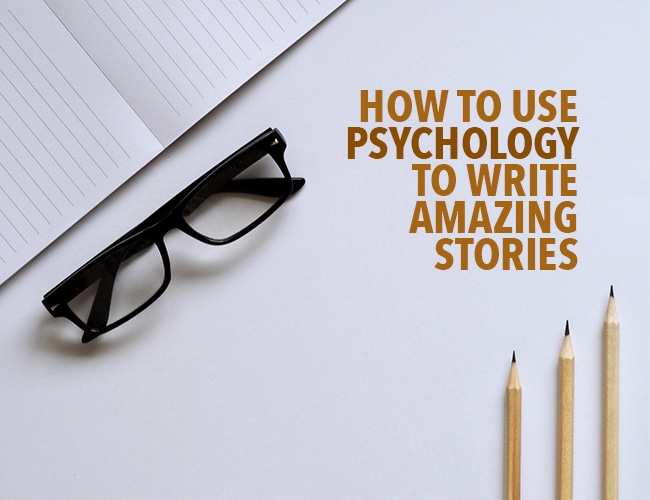
At The Write Practice, we publish a new article each day designed to help writers tackle one part of their writing journey, from generating ideas to grammar to writing and publishing your first book. Each article has a short practice exercise at the end to help you immediately put your learning to use.
Check out the latest articles below or find ones that match your interest in the sidebar.
And make sure to subscribe to get a weekly digest of our latest posts, along with our free guide, 10 Steps to Become a Writer.

Psychology and writing go hand-in-hand. Both are about understanding how people think and act, and why. But you don’t need a psychology degree to write a good story—just a curiosity about the people around you.
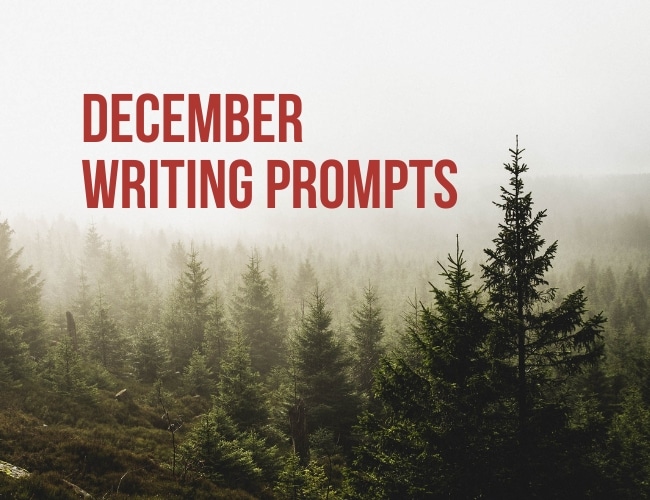
December is an opportunity to finish the year strong, to celebrate the year past, and set a new course for the coming year. Try a prompt each day this month and see what you discover!
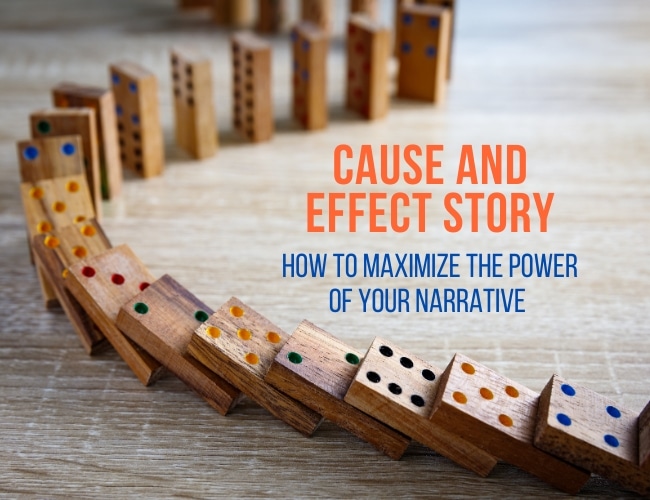
One reason some stories feel flat is because they are missing the cause and effect story elements that push life (and narratives!) forward. How can you maximize cause and effect in your stories?

Conflict is a necessary ingredient for creating an intriguing story. And conflict is an inevitable part of life. Disappointment, sadness, sickness, and death plague us at different points in time and in different ways.
We all have methods of coping with what we don’t understand, of dealing with painful situations in our lives. One therapeutic technique that helps us heal in times of confusion, broken hearts, and deepest loss is simple but so very powerful—writing.
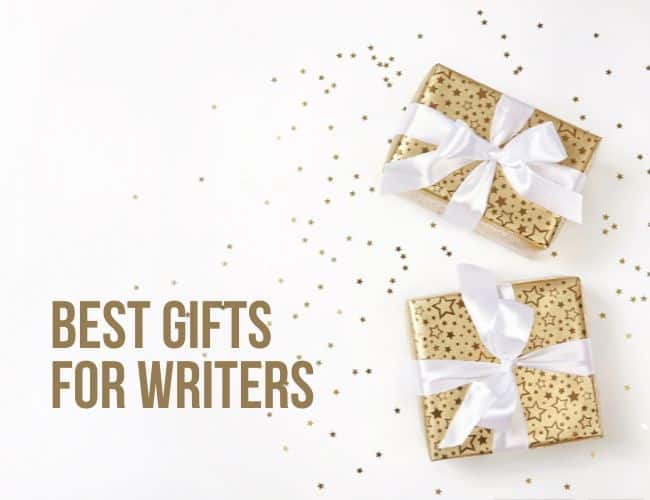
Finding the right gifts for writers in your life can be challenging. After all, what do you get people who spend so much time living in their own heads and imaginations.
It’s even worse if you’re the writer! What do you tell people to get you for Christmas gifts, birthday presents, and other holidays?
But don’t worry friends. We’ve got you covered with over 100 of the best gifts for writers ever. We’ve got writing software gifts, writing apparel gifts, writing book gifts, and even the best book writing planner money can buy.
Let’s get gifting, shall we?
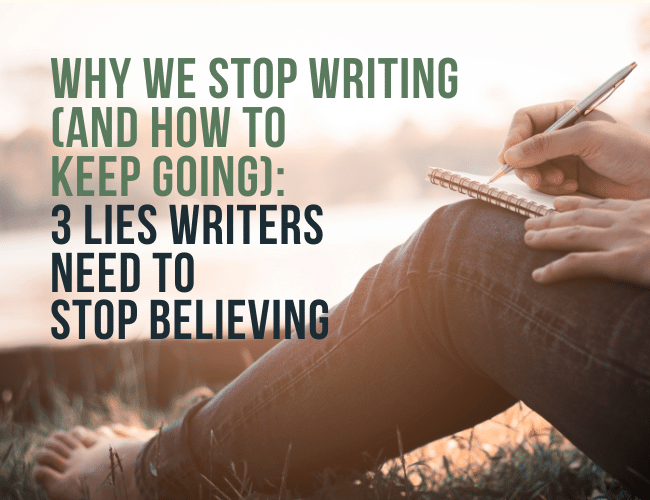
How many articles, blogs, or books have you failed to write? Or have you ever started one of these projects and then hit a hard halt? Are you stumped at why you stopped writing?
Eighty percent of the time writers stop writing is because of three lies they tell themselves.
Knowing what these lies are will help you notice them creeping into your writing process, which is the first step to preventing them from convincing you to quit writing.

This is where I admit I am a fool and I tell you that I wrote my story at midnight the night before my column on The Write Practice was due.
If you want to set up your writing for failure, I know how.
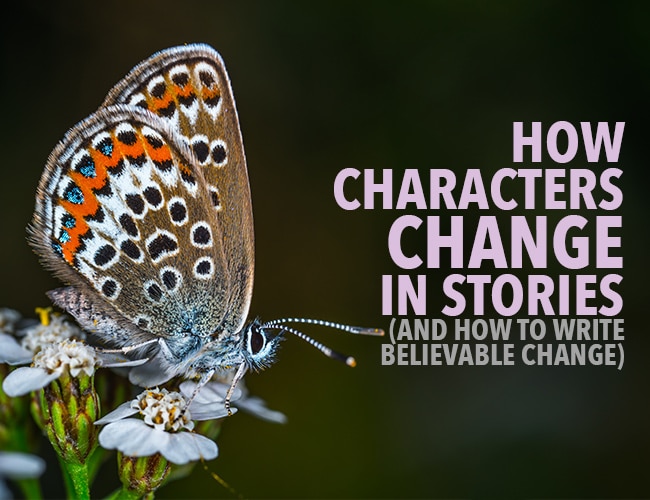
You’ve probably heard this one before: Your character must change throughout the course of your story. Characters need to transform.
I see a lot of confusion over this concept. Writers can normally nail the change (weak to strong; bad to good; cynical to optimistic) but it often comes from a weird place that doesn’t sit quite right with what we know about the protagonist. Or it’s too big of a change (or too much of a “fairy tale ending”) to be believable.
Writers think that great characters need drastic changes, but this isn’t always the case.
Let’s take a look at how writers should deal with character change, and how creating a character arc might make for a more interesting cast and plot.

Looking for a gift for a writer in your life? Or maybe a deal on the best tools and courses for writers? This Black Friday, we’ve rounded up dozens of deals from around the internet to help you find the perfect gift for your writer friend (or yourself!).

I hear from so many authors in our community who are uncomfortable with the power Amazon holds over the book marketplace, especially as they raise prices and decrease royalties. Writers want to put more money in their pockets, and less in the pockets of giant corporations, all while building better, direct relationships with their audience.
That’s where Lulu comes in. In this post, I’m going to share my Lulu print-on-demand review, looking at the features that set it apart from KDP and Ingram Spark, how it stacks up in terms of pricing and quality, and whether it deserves a place in your self-publishing toolkit.